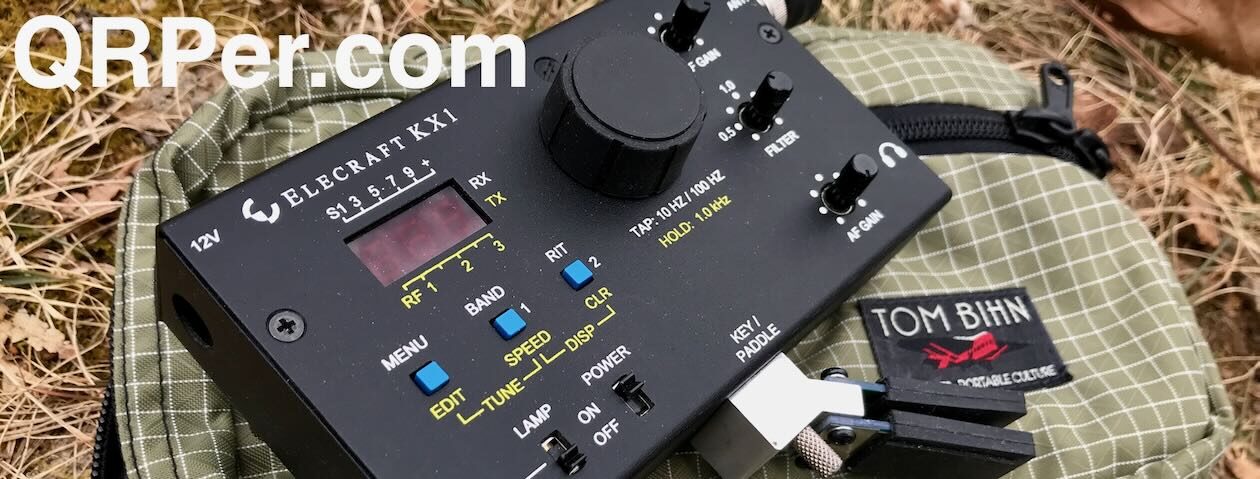Many thanks to Eric (WD8RIF), who shares the following field report via his website WD8RIF.com:
by Eric (WD8RIF)
On Saturday, November 4, 2023, I performed a successful bicycle-portable two-fer activation of Lake Hope State Park (K-1968) and Zaleski State Forest (K-5455) in Ohio as part of the Parks on the Air (POTA) program.
On a beautiful and warm early November afternoon, I bicycled the Moonville Rail Trail, on what used to the Marietta and Cincinnati Railroad (wikipedia article) right-of-way, from the tiny village of Mineral, through Zaleski State Forest, diverting from the rail trail near Lake Hope to ride to the Mountain Bike Trailhead overlooking Lake Hope within the state park, for my two-fer activation of the state park and state forest. I was carrying my KX2 Mini Travel Kit on the bicycle, and I was pulling my little dog Theo in a trailer behind the bicycle.
From the Moonville Rail Trail website:
This 10-mile rail trail takes visitors through the beautiful woodlands of southeast Ohio, including Zaleski State Forest; the communities of Zaleski and Mineral; and the Lake Hope State Park wetland areas. The corridor holds water on both sides of the trail, creating a wetland area that is home to numerous species of flora and fauna.
Additional points of interest along this trail are two unique and historic tunnels. King’s Hollow Tunnel (also known as King Switch Tunnel) is a 120-foot structure carved through the rock and lined by a series of 12×12 wooden beams. The Moonville Tunnel is brick-lined and has a long history of train accidents, earning the tunnel a reputation for being haunted.
After parking my car at Mineral, I began my ride on the leaf-covered Moonville Rail Trail at 1645 UTC and soon encountered the first landmark of the ride: the 120′ long, timber-lined King’s Hollow Tunnel.



Riding through the very dark tunnel and continuing west on the Moonville Rail Trail, I soon came to a succession of ponds. Rumor has it that a pair of nesting bald eagles fish these ponds, but I have yet to see them.




Continuing west, and now being well inside Zaleski State Forest, I soon came upon the brick-lined Moonville Tunnel.


After passing through the Moonville Tunnel, I was forced to divert from the Moonville Rail Trail and follow a gravel road before re-joining the Moonville Rail Trail about a mile further on. (When CSX abandoned the rail line in the early 1990s, they took everything: rails, ties, ballast, and all the bridges. Two of the bridges west of Moonville Tunnel have yet to be replaced.) I was pleased that my new narrow knobby bicycle tires were reassuring on the rough gravel road, but I can’t say Theo in the trailer enjoyed this portion of the ride much.
Back on the Moonville Rail Trail, and continuing west, the rail trail was almost 100% leaf-covered. Continue reading WD8RIF takes his dog and his KX2 on a bicycle-portable POTA activation

















